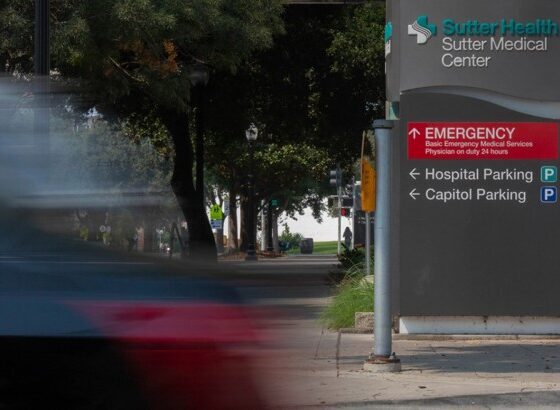Are you paying more for healthcare even when using an in-network provider? A recent report from the Department of Financial Services in New York State found that an alarming amount of consumers are faced with a greater out-of-pocket expense as insurers and providers are shifting the cost of care to them.
Greg B. Smith / NEW YORK DAILY NEWS
Big insurance companies and some greedy doctors are to blame for the growing number of New Yorkers whacked with “surprise” medical bills, a state inquiry has found.
Department of Financial Services Superintendent Benjamin Lawsky Wednesday released the results of his probe into the unanticipated bills that are slamming consumers.
“Simply put, surprise medical bills are causing some consumers to go broke,” the report states.
The Daily News has highlighted this problem with a series of stories over the last two months. Lawsky promised to push for reforms.
“Every time I have mentioned this issue to a crowd of people, I see nodding heads,” he said. “If that’s happening, it is a huge issue.”
His agency reviewed 2,000 complaints from 2011 and surveyed the 11 big insurers and HMOs who cover 95% of the New Yorkers who have health insurance.
The review found that patients who went out of their way to make sure the non-emergency treatment they sought was covered by their plan still wound up with bills from specialists — such as assistant surgeons, anesthesiologists and radiologists — who were outside their plan.
That’s because insurers often don’t make clear who will be involved and how much it will cost, the report found.
One patient who complained to the Financial Services department made sure to go to an in-network hospital for brain surgery but wound up with a surgeon who wasn’t in his plan. The surgeon billed him $40,091 and the insurer covered only $8,386 – leaving him to cough up $31,704.
Sherry Tomasky, advocacy director of the American Cancer Society, praised the report and criticized the “undue financial burdens that are often placed on (patients) at a time when they are least able to handle it – both financially and emotionally.”
DFS quoted ridiculously complex language one insurer cited in claiming it met its disclosure requirements: “reimbursement is based on a percentile of national prevailing charge data compiled for a specific procedure and adjusted for geographic differences.”
“Unfortunately, language such as this does not provide consumers with meaningful information,” the department wrote.
The review also documented complaints that a “small but significant number” of doctors “appear to take advantage of the fact that emergency care must be delivered” by inflating bills for treatment that’s not covered.
The survey found out-of-pocket costs for out-of-network radiology or x-ray services during emergency care averaged $2,910; for anesthesiology it was $1,794.
The Health Plan Association, the lobby group representing insurers, praised the report for shining a light on excessive bills by doctors for ER care.
“These egregious practices contribute to the rising cost of health insurance for New Yorkers,” Paul F. Macielak, HPA president, said.
The report also noted that insurers have been reducing coverage for out-of-network care and making it tougher to file claims.



